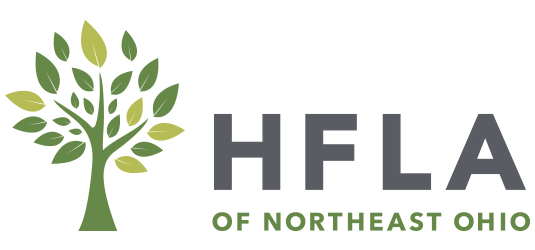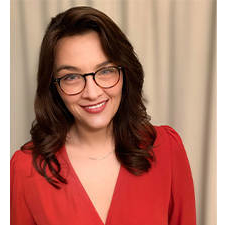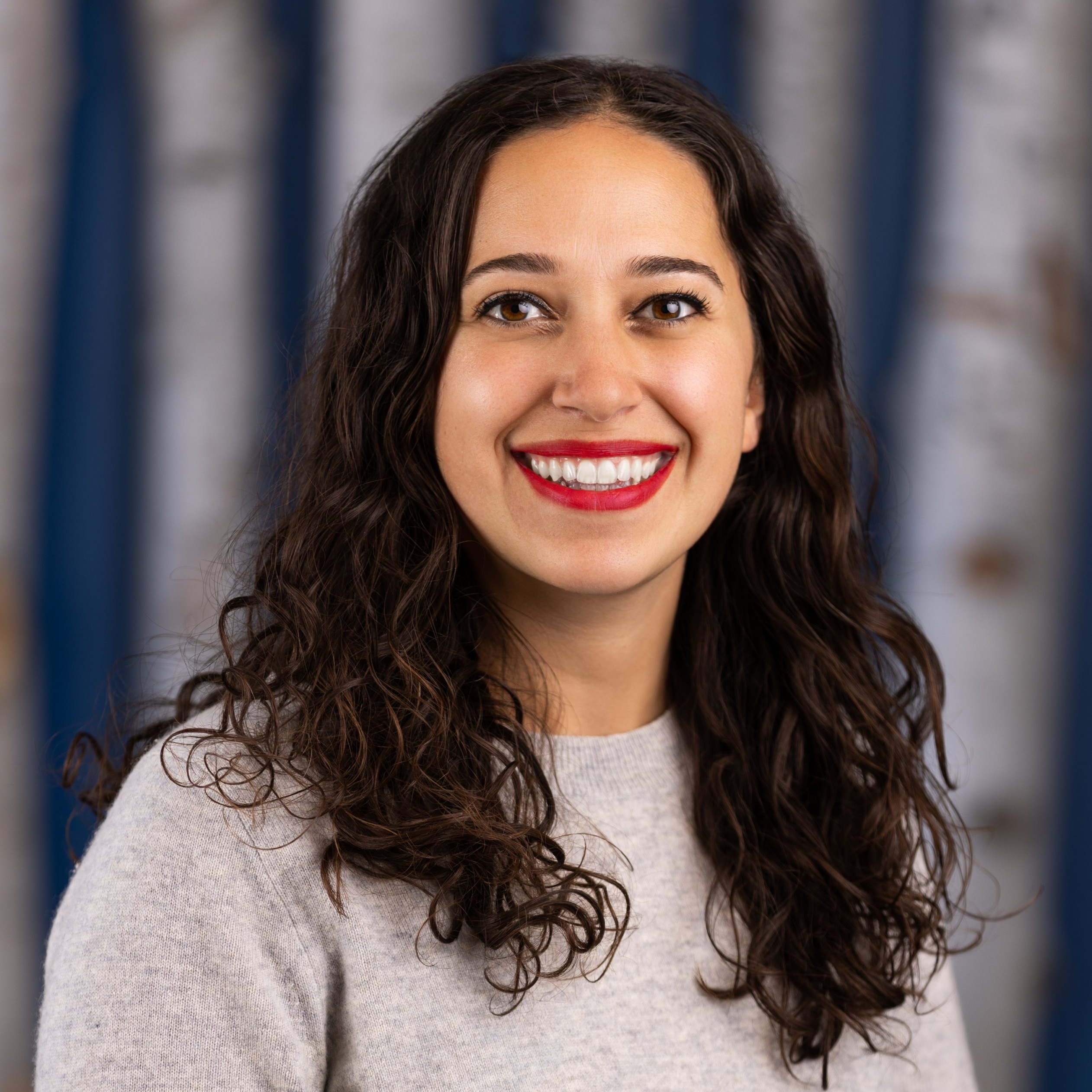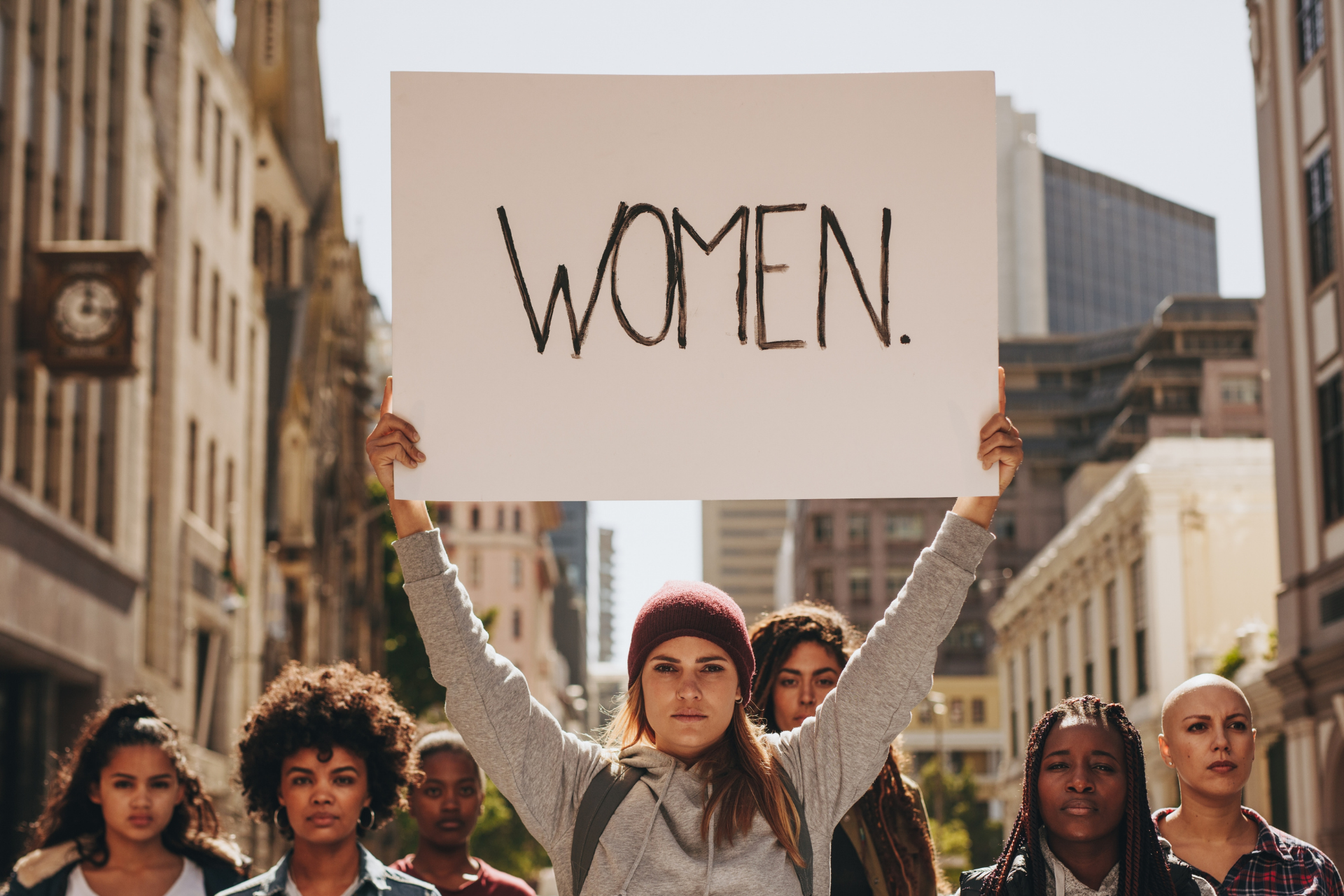Is a Job Enough?
Watch the recording!
Meet our Panelists!
Sheida Elmi of The Aspen Institute – Sheida is the Senior Research Manager at The Aspen Institute Financial Security Program (Aspen FSP). She leads work that elevates people’s lived experiences to inform, shape, or otherwise influence policy, product, and program solutions to improve family financial security and well-being.
Hannah Halbert of Policy Matters Ohio – Hannah is the Executive Director of Policy Matters Ohio. Under her leadership, Policy Matters articulated a clear vision for working people with “A New Way Forward: 10 Ways to Support Ohio’s Working People.” Halbert has documented the growing prevalence of low-wage jobs in Ohio and promoted smart policies to ensure all Ohioans share in the economic growth their work produces.
From HFLA of Northeast Ohio.
Does work provide a pathway to financial security?
While the long answer involves a lot of systems and complexities, the short answer for many Americans is no, it does not. This year, HFLA will take a look at this issue and how it affects the lives of working Americans. Many of our borrowers find themselves in this position–they have regular jobs and receive an income, but are still not able to financially handle emergencies or have to make decisions that leave them in a worse financial situation.
According to the Consumer Financial Protection Bureau, financial security is defined as, “a state of being wherein a person can fully meet current and ongoing financial obligations, can feel secure in their financial future, and is able to make choices that allow them to enjoy life.”
Nearly half of all US workers earn wages too low to cover basic living expenses- having seen stagnating wages since the 70s. Work has become unpredictable–the number of hours worked by hourly employees is inconsistent. Finally, employment itself is precarious.
Most households in America need a combination of at least two of the following to be financially secure:
- Routinely positive cash flow (income that typically exceeds monthly expenses).
- Nearly 45% of all U.S. workers do not have wages that cover their basic needs. Median hourly wages of $10.22 and median annual earnings of $17,950. Wages have stagnated for low- and middle-wage earners for the past 40 years. (AI)
- During the pandemic: Many Ohioans had to turn to stop-gap measures to meet living costs. According to real-time surveys conducted by the Census Bureau between April and June 2021, nearly 25% of Ohioans used credit cards to meet basic costs. (PM)
- Personal financial resources (savings and a financial cushion to cover emergencies).
- Routine positive cash flow is the necessary first step to one’s ability to save.
- 40% of Ohioans have no money saved in case of an emergency and 32% do not have a savings account.
- Public & private benefits (this includes Social Security, Medicare, TANF as well as employer-backed insurance).
- Almost all forms of assistance/benefits saw a significant increase during the pandemic. The survey was given to people already utilizing at least one benefit program during the pandemic, which often included those who had not utilized public benefits previously.
There is only one type of worker in this country that is likely to reach true financial security and that is higher income, full-time employees receiving workplace benefits. Only those earning upwards of $105,000 a year can withstand the monthly swings of income and expenses.
Join HFLA on June 8th to kick off this conversation.
We will start our exploration of these topics with a conversation about the financial position of the American worker. We hope to have further conversations about the ripple effects this situation has on people’s lives and how people are making financial decisions today that will impact their future financial lives.
Join us, June 8, 2022 at 11:30AM on Zoom, with Sheida Elmi of The Aspen Institute and Hannah Halbert of Policy Matters Ohio. Together we will discuss the state of the American worker and how people are coping.
Registration for this free virtual has ended. A recording is available to watch at the top of this page.
What Does Female Financial Empowerment Look Like?
HFLA & Common Ground
A Conversation about "People, Place, and Shared Power."
What does Female Financial Empowerment Look Like and How Do We Achieve It?
HFLA of Northeast Ohio (HFLA) has been providing interest-free loans to residents in Northeast Ohio who would not otherwise have access to traditional capital for 117 years. We lend to those that are facing short-term financial emergencies (a car repair or utility shut-off, for example), those needing to close the gap on tuition for higher education, or those starting their own business.

In July, HFLA hosted a Common Ground conversation about Female Financial Empowerment as part of the broader theme of “People, Place, and Shared Power.” Several members of the HFLA staff and board had recently watched an early screening of the documentary, $avvy. This film explores the fact that women have abdicated ownership of their finances to other people and why this is happening. This made us re-evaluate our loan history. It shed new light on the fact that the majority of borrowers–current and in recent history–are a majority women. It also got us thinking that we needed to bring our conversation to the broader community.
As we considered these numbers in the context of $avvy, we began to better understand these numbers in their environmental context.
There were things we already knew: women typically earn less and live longer than men. They are often shepherded into careers with lower earning potential and are often the ones in and out of the workforce to care for children or other family members (hello, 2020). The things we didn’t know, or didn’t immediately consider were (among many other things) that the largest group of women least engaged in their personal financial futures are Millennial women.
Women receive less financial education than their male counterparts and are given social cues that things like investing and finance are not “for them.”
We asked the group of mostly women, what financial empowerment looked like to them and the responses were varied, and led to a robust conversation. 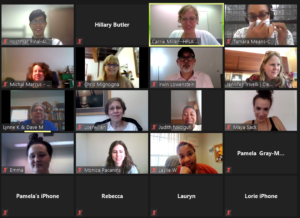
- It means the daily needs are met.
- One is able to plan for the future.
- Have a vision for the future and act upon it of your own will.
- Being able to have conversations about money free of shame.
- There is the curated, social media picture of how people are doing vs. the reality.
- The perception of one being financially secure and independent.
- Being able to ask for help free of shame.
- For example, it is important to share information about income in order to understand how you are valued as compared to others.
- Empowerment is also about knowing your finances, being self-sufficient, and independent.
The conversation that continued from this discussion emphasized the need for us, as a community, to remove the shame associated with financial conversations. In doing so, we are able to find ways to better support women as a community. If we remove the stigma around asking for help–financial or otherwise–we are able to develop creative ways to support each other. The thing I most appreciated about this conversation was the intergenerational aspect. It was interesting to hear about the different experiences of women of different ages and experiences as well as the sharing of sage advice. The other thing that was interesting was the universal sense of community and the desire to continue building on this feeling. HFLA plans to continue this conversation in order to continue building on these feelings and relationships.
Part of this will be hosting smaller conversations over the coming months. We will also be hosting a free screening of $avvy. The message of this documentary is important and we want as many people as possible to see it. Here is the link to the trailer. We hope that you will join us in October. We will also be hosting a panel discussion with the film’s director and local experts. Learn more and register for one, or both events here. In the meantime, please stay tuned as we work with the community to find ways to keep the conversation-and the support-going.
